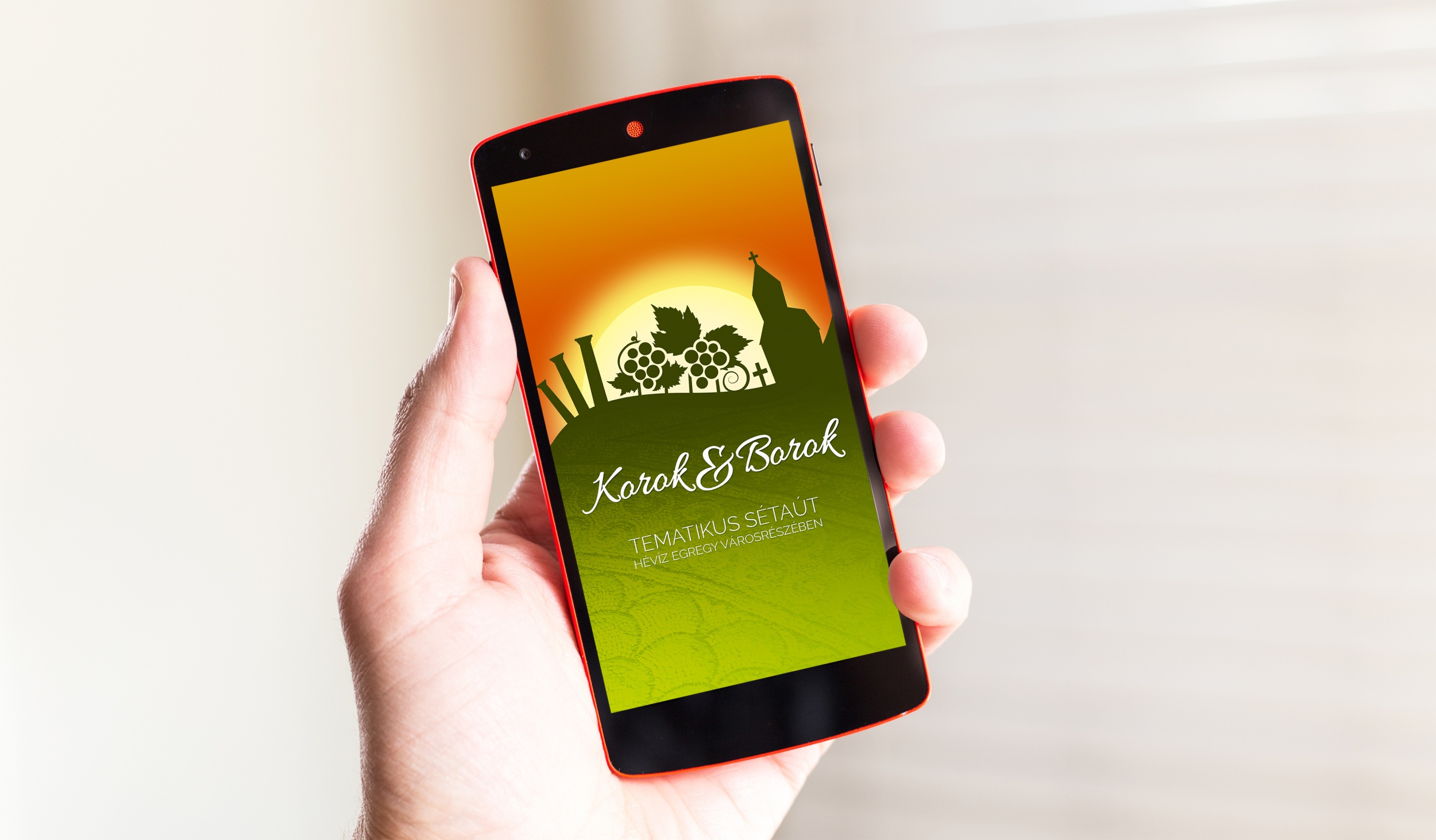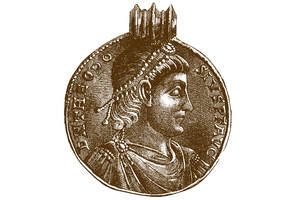 The Romans brought the knowledge of viticulture to Pannonia and to the surroundings of Balaton.
The Romans brought the knowledge of viticulture to Pannonia and to the surroundings of Balaton.
Architecture and viticulture in roman times
At the district of Egregy the ground covers the ruins of one of the most important settlements in the region from the Principate era which was inhabited from the first half of the 1st century until the beginning of the 5th century. As a proof of that see the ruins of building from the Principate that dr. Árpád Csák partly excavated in 1931 finding richly decorated fresco fragments and mosaic tiles. During the works on the wine fields in 1901 276 pieces of coins from the 4th century appeared in crockery while in 1936 a brick burning oven west to the columbine (Church of Jesus' Heart).
The Romans brought the knowledge of viticulture to Pannonia and to the surroundings of Balaton which is reflected by the ceramic pot with the lettering “Da Bibere” (give me something to drink) discovered nearby. Viticulture became successful thanks to the knowledge of the Romans and the fortunate natural conditions. The soil of Egregy is medium hard, sandy and moderately stony. This “warm” sometimes “fiery” soil together with the favourable climatic characteristics facilitated outstanding quality wine making.
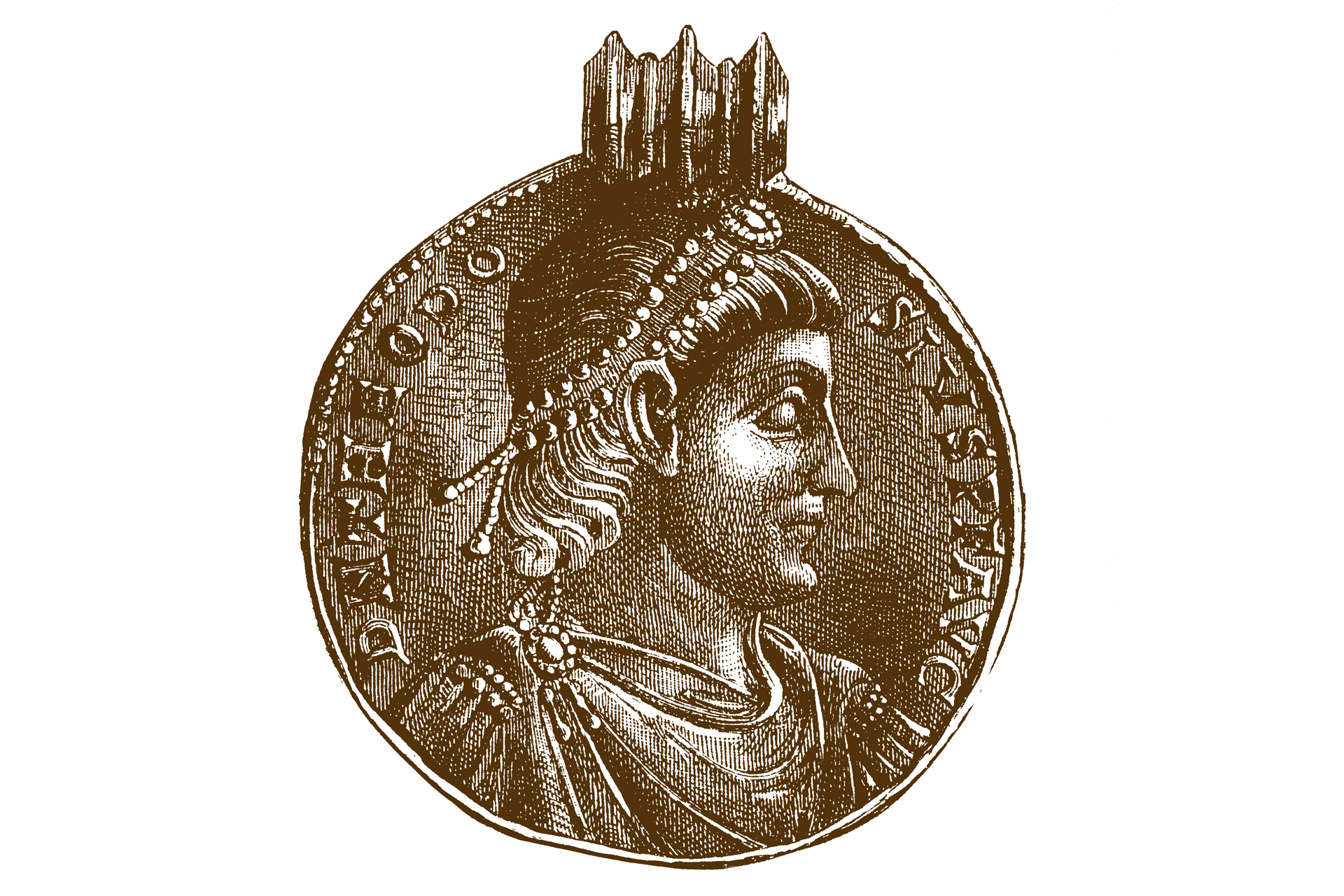
:: Emperor Theodosius the Great’s (reigned: 379-395) portrait on a gold medallion from that era















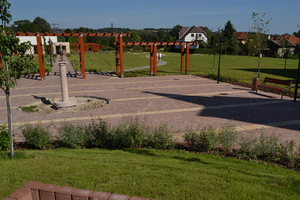
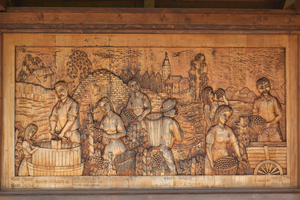

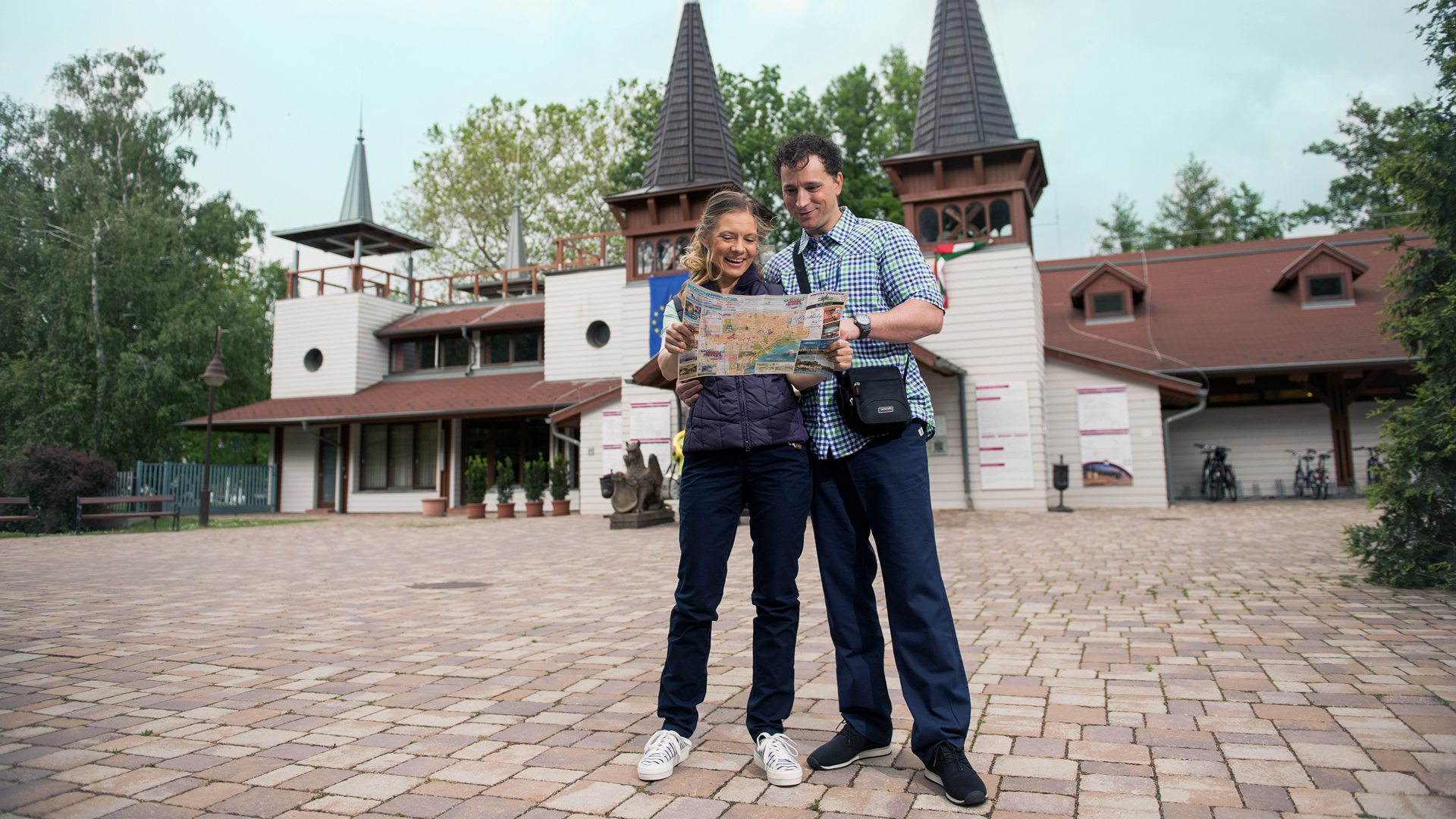
.jpg)
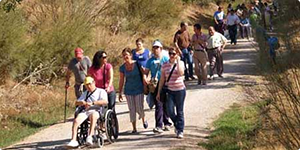
.jpg)
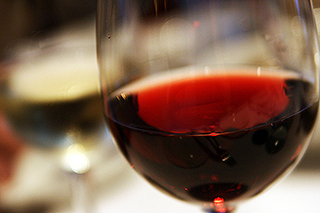

 Roman ruins
Roman ruins Grave of the roman soldier
Grave of the roman soldier Walking path stations
Walking path stations Church from the Árpád era
Church from the Árpád era Winery, wine cellar
Winery, wine cellar Wine bar, tavern
Wine bar, tavern Presentation building, exhibition
Presentation building, exhibition Event are
Event are Stage, theater
Stage, theater
 Parade square
Parade square Kneipp Stepstones
Kneipp Stepstones Ticket office & gift shop
Ticket office & gift shop Information
Information
 Signs
Signs Cab parking
Cab parking Car parking spaces
Car parking spaces Bus station, minibus parking
Bus station, minibus parking Parking spaces for the disabled
Parking spaces for the disabled
 Rest area
Rest area Walking path
Walking path Bicycle storage & HeBi
Bicycle storage & HeBi Walking routes
Walking routes Thematic playground
Thematic playground Roman garden & statue
Roman garden & statue Architectural heritage
Architectural heritage Cemetery, graveyard
Cemetery, graveyard Rest rooms
Rest rooms
 Rest room for the disabled
Rest room for the disabled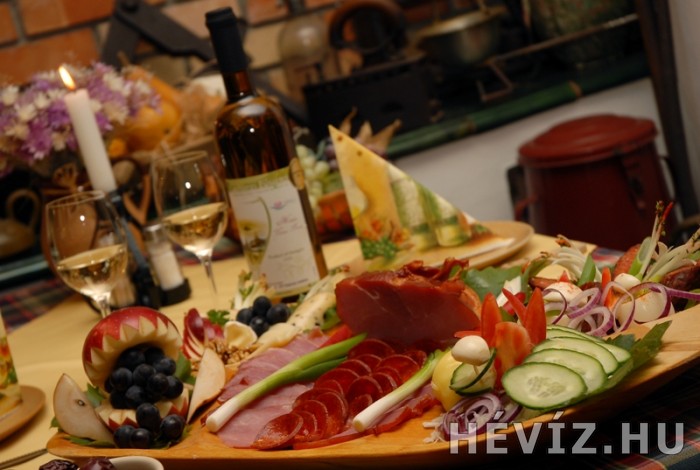
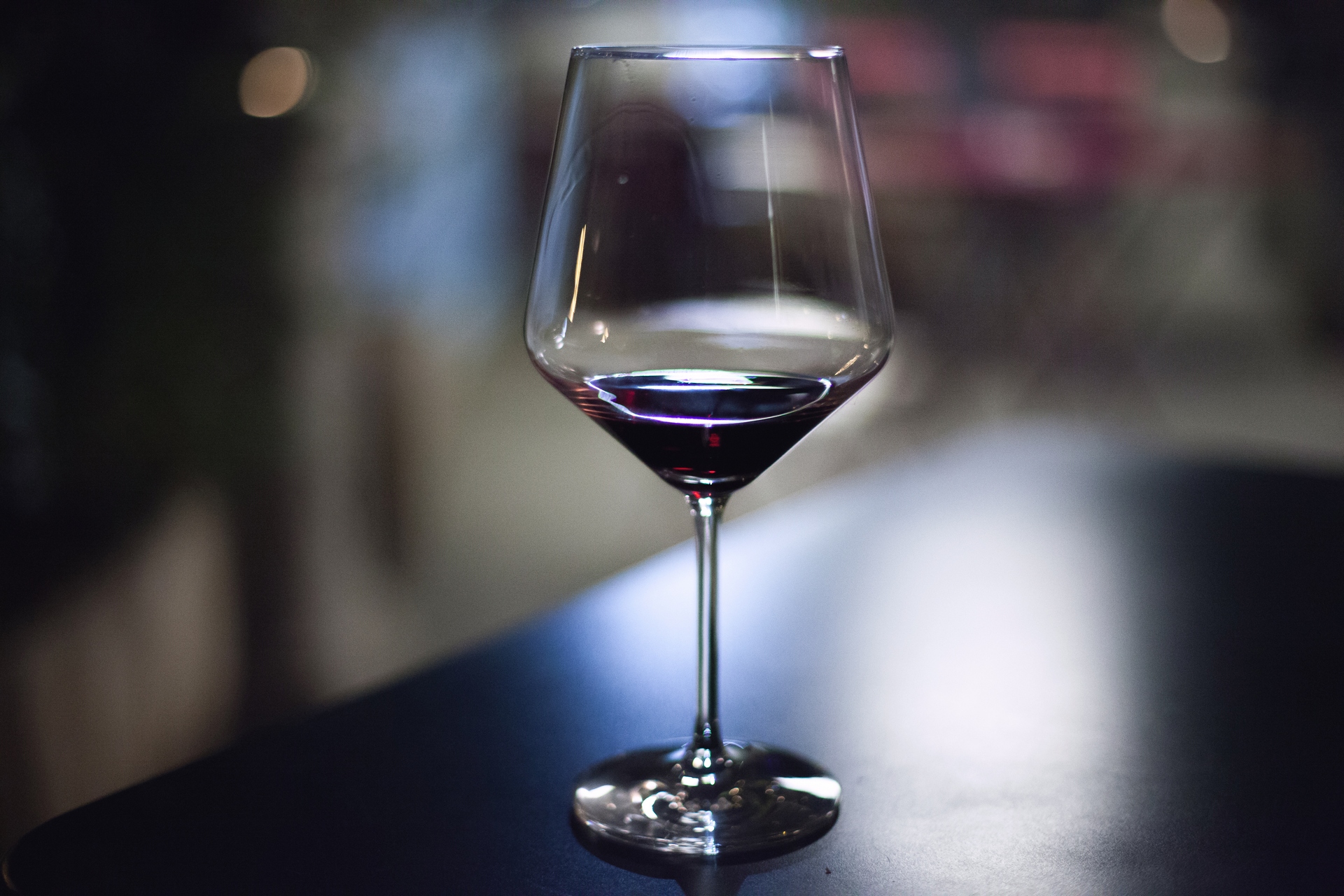
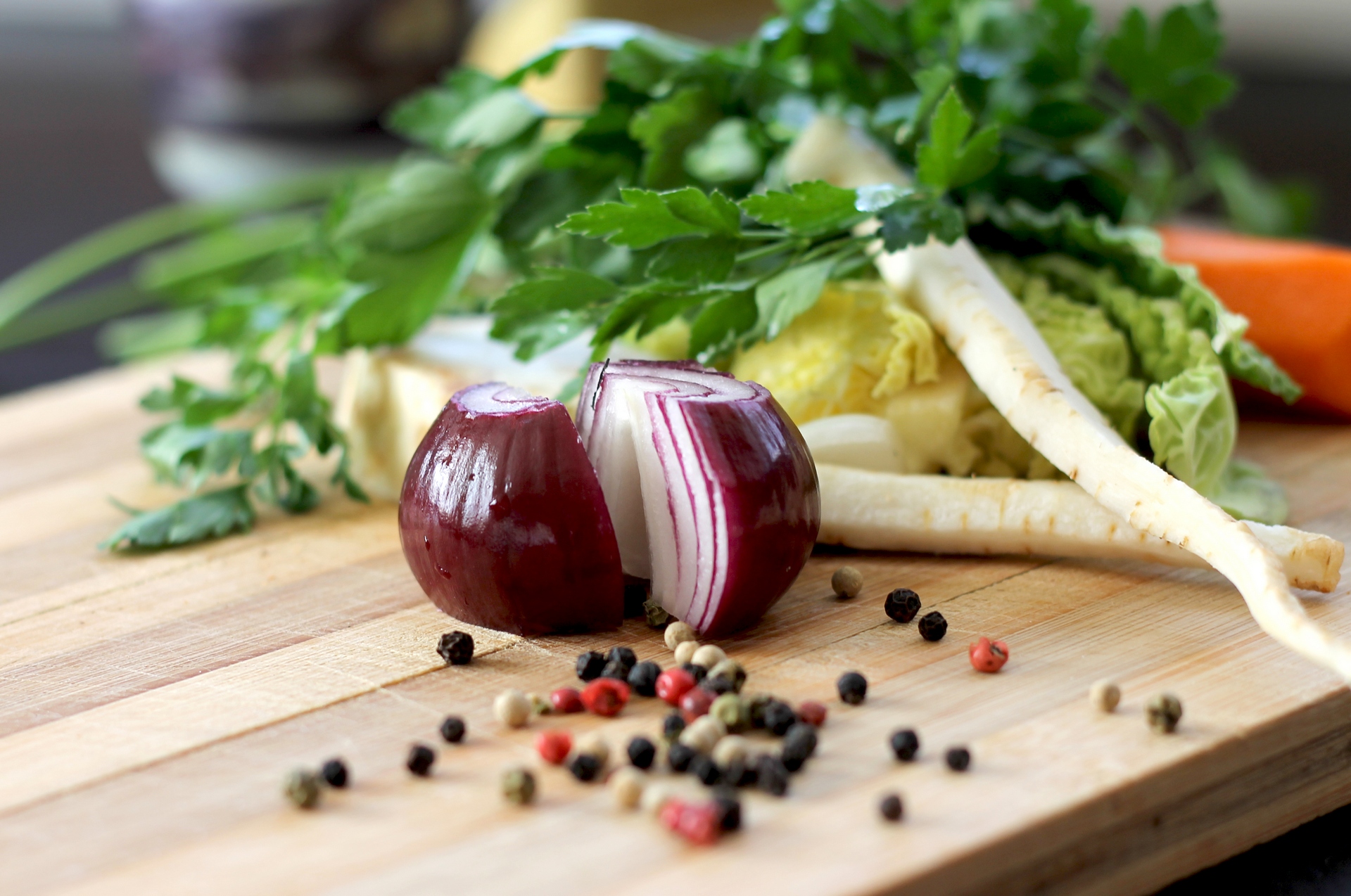


.jpg)
